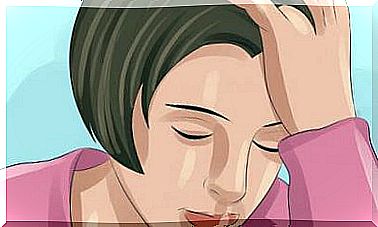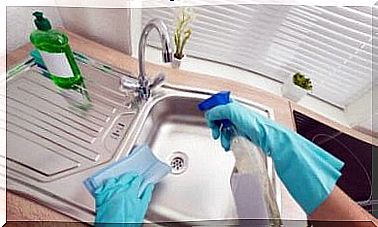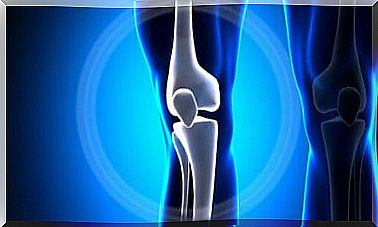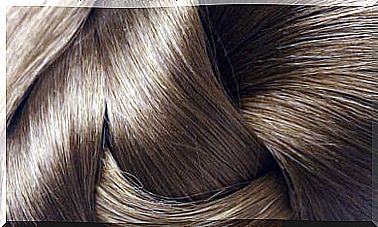All About Lichen Planus, An Autoimmune Disease

Lichen planus causes swelling of certain areas of the skin. These swellings turn ordinary skin tissues into bulky, flat surfaces or plaques. Lichen planus is quite common. Experts estimate that it affects up to 1% of the world’s population (Spanish link). It is more common in women than in men, and is also more common in white people.
This symptom has idiosyncrasies that gave this disease its name. ‘Lichen’ comes from its resemblance to lichens that grow on certain plants, especially on tree trunks. The adjective ‘planus’ is the description of the flat lesions it causes on the skin, scalp and mucous membranes.
The causes of lichen planus
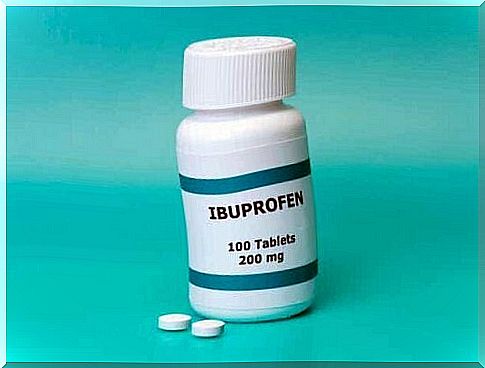
Lichen planus is, as mentioned, an autoimmune disease. This means that the immune system attacks its own cells because it does not recognize them or consider them hostile. In this case, the immune system attacks the cells of the skin and mucous membranes (Spanish link).
Although experts know that inflammation is caused by an immune system response, they still don’t know why this response is intrinsically activated. They also don’t know why the inflammation is so aggressive and why it’s not time-limited.
However, researchers have identified a number of triggers associated with the onset of symptoms. Some examples of this include:
- Exposure to certain chemicals.
- Medication. For example, ibuprofen and drugs for the cardiovascular system.
- Vaccines. Experts have linked certain vaccinations to outbreaks of lichen planus.
- Hepatitis C. Infected people usually have lichen planus lesions.
The Symptoms This Disease Causes
The main symptom of this disease is purplish, flat bumps on the skin. These papules can appear in groups and form plaques. They usually appear on the upper extremities and ankles. In addition to inflammation, it also causes complaints such as:
- itch
- sores and blisters. The former on the mucous membranes and the latter on the skin.
- hair loss. This happens when lichen planus affects the scalp.
Lichen planus can also lead to the Köbner phenomenon. That is the development of isomorphic lesions on traumatized, previously normal skin. Getting a scratch can cause lichen planus.
Symptoms
Lichen planus does not manifest itself in the same way in all patients. Experts have identified different forms of presentation. These include:
- oral. This form affects the oral cavity. In addition to inflammation, it causes ulcers on the oral mucosa that make eating difficult. It is not easy to treat and can last for months.
- warts. These usually appear on the legs. The lesions form crusts.
- nails. In this case, the condition affects the skin around the nails.
- planopilaris. This type affects the hair follicles of the scalp. It leads to a form of alopecia or hair loss.
The scalp infection is difficult to treat, as is the oral form. Oral lichen planus is also associated with the development of oral cancer, so those who suffer from it should be examined regularly to monitor this properly
.
Available Treatment Options for Lichen Planus

Since lichen planus requires a correct diagnosis, when in doubt, you should consult your dermatologist.
No curative treatment for this condition has been discovered at this time. Some types become chronic and very difficult to control, such as oral and planopilaris.
Thus, the doctor’s goal is to control the symptoms that the patient is experiencing. If the lesions are severe, they also try to speed healing to lessen the discomfort. Some of the therapeutic options include:
- Modulators for the immune system. These are drugs that try to reduce the inflammatory response.
- corticosteroids. Doctors can prescribe either oral or topical agents because they are good anti-inflammatory agents. There are also corticosteroid injections used for severe cases. While these often cause unpleasant side effects, they are sometimes the only option for symptom relief.
- lidocaine. Oral mucosa lesions caused by lichen planus can interfere with proper dietary intake. That’s why doctors sometimes prescribe local anesthetics to rinse the oral cavity to numb the pain.
- Creams with Vitamin A. Vitamin A is perfect for nourishing the skin. While it won’t relieve symptoms, it can help promote healing and recovery.
- Ultraviolet light (UV light). Ultraviolet light therapy sessions have shown beneficial effects. If the lichen planus is very widespread, the patient may need months of sessions.
A common condition requiring treatment
Lichen planus, as we have explained, is an autoimmune disease that can cause inflammation in various parts of the body such as the skin, mouth, nails and scalp.
A doctor must self-diagnose the condition before he can prescribe the best treatment for your situation. Therefore, see a doctor if you think you have the symptoms of this condition.
